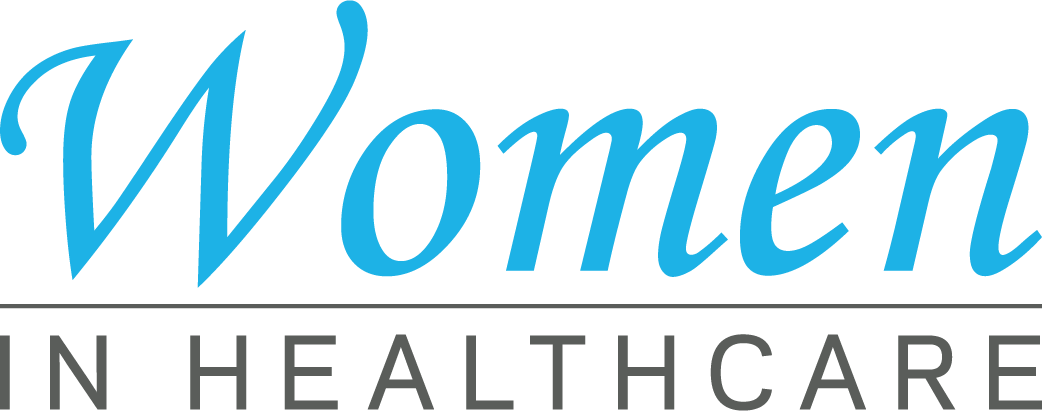Why Healthcare RCM is Vital for Financial Wellness in Medical Practices
Why Healthcare RCM is Vital for Financial Wellness in Medical Practices
Blog Article
A Comprehensive Guide on Exactly How Health Care RCM Functions to Improve Billing and Collections
Browsing the complexities of healthcare profits cycle monitoring (RCM) is crucial for carriers intending to boost their invoicing and collections processes. The overview unloads the complexities of RCM, from patient enrollment to accounts receivable management, supplying insights right into enhancing each action. Incorporating innovative modern technology and standardized treatments can considerably decrease case denials and accelerate repayment cycles. Yet, real obstacle depends on effortlessly combining these aspects to enhance capital. As we discover the core components and strategies that drive performance, one question stays: how can medical care entities best setting themselves to grow financially in an ever-evolving industry?
Understanding Earnings Cycle Management
Understanding the intricacies of Earnings Cycle Administration (RCM) is essential for medical care companies aiming to maximize their monetary performance. RCM is a vital management function that incorporates the whole economic process of person treatment, from the initial appointment readying to the final settlement of the equilibrium. It is an intricate treatment developed to determine, gather, and handle the profits from the solutions given to people. Effective RCM makes sure that health care providers obtain precise and prompt settlements, minimizing the threat of earnings loss and boosting capital.
The RCM procedure begins when a person schedules a visit and expands with the individual's care trip, including invoicing and collections. A vital purpose is to decrease the time between receiving and supplying a service repayment, therefore improving the company's economic health and wellness. RCM includes different functions such as patient enrollment, insurance verification, cost capture, coding, claims entry, settlement publishing, and dealing with rejections and appeals.
Secret Elements of RCM
In the realm of Income Cycle Monitoring (RCM), comprehending its vital components is basic to achieving monetary efficiency within health care companies. RCM is a detailed procedure that includes numerous phases, each critical to ensuring efficient payment and collections. The key elements include client enrollment, insurance confirmation, cost capture, coding, case submission, settlement posting, and balance due monitoring.


As soon as coded, claims are sent to payers, where accuracy is vital to avoid delays or beings rejected - Healthcare RCM. Repayment publishing entails videotaping the obtained payments, which permits the reconciliation of accounts. Lastly, receivables management focuses on tracking and dealing with unsettled insurance claims, guaranteeing timely follow-up and resolution
Each part of RCM is adjoined, and inadequacies in any kind of component can interrupt the whole cycle. Consequently, understanding these aspects is crucial for healthcare service providers to optimize profits and improve their monetary health.
Strategies for Efficient Billing

Systematizing invoicing procedures throughout the organization is another key approach. Developing clear standards for documents, coding, and entry assists maintain uniformity and compliance with governing needs. Educating personnel routinely on these treatments makes sure everyone is up-to-date with the current modifications in billing codes and payer policies.
Accurate cost capture is crucial in stopping revenue leak. Executing regular audits and tracking systems permits the recognition and modification of discrepancies prior to they impact revenue. Furthermore, preserving open lines of communication with payers assists to promptly settle any type of disputes or misunderstandings that might develop.

Lastly, interesting patients early in the payment process by giving clear estimates and educational materials about their financial responsibilities can significantly minimize complication and enhance settlement timeliness. These strategies collectively add to an extra economically healthy and balanced and efficient invoicing system.
Enhancing Collections Processes
A robust collections process is vital for preserving economic stability within medical care organizations. Provided the complexities of clinical payment and the selection of payer needs, boosting the collections procedure involves implementing tactical procedures that guarantee precise and prompt repayment of services provided. Central to this is the usage of innovation to automate and streamline procedures, reducing hands-on errors and enhancing performance. Automation tools can help in tracking insurance claim conditions, sending timely suggestions to people, and handling denials better.
Educating staff to comprehend the nuances of insurance plan and billing codes is similarly necessary. This understanding equips them to attend to payment inconsistencies promptly and communicate successfully with clients concerning their economic obligations. Moreover, transparent and clear person communications are essential. Offering in-depth descriptions of charges and providing versatile layaway plan can boost patient contentment and timely payments.
Regular audits of the collections procedure ought to be performed to determine areas for improvement and make sure compliance with guidelines. By assessing data, medical care organizations can recognize patterns, anticipate possible issues, and adjust strategies accordingly (Healthcare RCM). Inevitably, a well-enhanced collections process not only supports financial wellness but additionally adds to an extra seamless experience for anonymous individuals and team alike
Optimizing Earnings Streams
Building upon the structure of a solid collections process, health care companies can even more boost their economic stability by purposefully optimizing profits streams. This entails a multi-faceted approach, beginning with an extensive evaluation of existing earnings sources to identify ineffectiveness and locations for development. Utilizing innovative information analytics devices blog here makes it possible for organizations to get understandings into payer mix, patient demographics, and service use patterns, permitting for data-driven choices that boost income capture.
Applying automated payment systems can significantly lower errors and speed up insurance claims refining, making certain that income is gathered much more effectively. Moreover, optimizing payer agreements via normal arrangements can improve compensation rates and terms, directly impacting the bottom line. Diversifying service offerings, such as including telehealth or health care, can also attract a broader client base, thus raising profits capacity.
Another vital element is enhancing client engagement and fulfillment, as pleased people are most likely to abide by therapy strategies and make prompt payments. Offering flexible repayment options and clear invoicing techniques can enhance collections and foster individual loyalty. Healthcare RCM. By taking on these techniques, health care organizations can produce a more resistant economic structure, guaranteeing continual growth and security in an ever-changing market landscape
Conclusion
To conclude, healthcare Revenue Cycle Monitoring (RCM) plays an essential duty in optimizing payment and collections procedures by integrating crucial components such as individual registration, insurance confirmation, cost capture, coding, declares entry, and receivable management. By utilizing advanced innovation, standardizing procedures, and promoting person engagement, healthcare companies can significantly decrease case rejections, increase repayment cycles, and enhance capital. my review here This thorough technique to RCM ultimately causes enhanced economic performance and sustainability for healthcare companies.
The RCM process starts when a patient schedules an appointment and extends through the person's care trip, including payment and collections.Another crucial element is improving individual interaction and satisfaction, as satisfied patients are extra most likely to adhere to treatment plans and make prompt payments. Offering flexible settlement choices and clear billing techniques can enhance collections and foster individual commitment.In conclusion, health care Earnings Cycle Management (RCM) plays a critical function in enhancing invoicing and collections processes by integrating essential parts such as patient registration, insurance confirmation, fee capture, coding, declares entry, and accounts receivable monitoring. By using sophisticated technology, standardizing treatments, and fostering client interaction, healthcare suppliers can dramatically reduce insurance claim rejections, speed up payment cycles, and enhance cash money flow.
Report this page